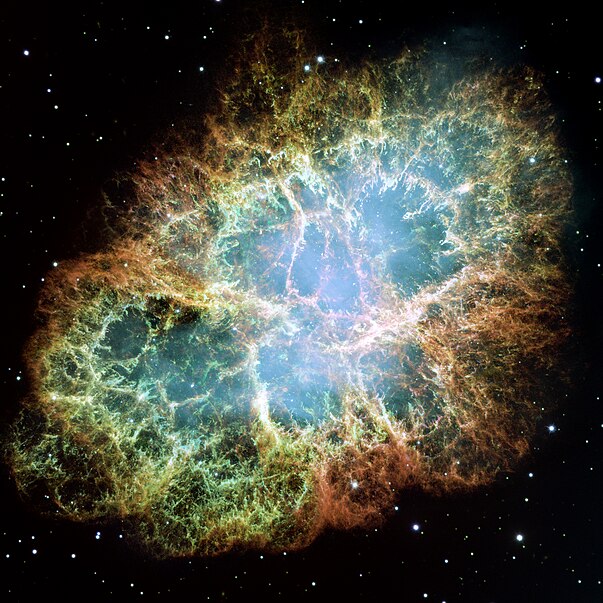Welcome to the cosmic places I talk about in my January 6, 2009 podcast for 365 Days of Astronomy! I’ve pulled together some gorgeous astro-images and made you some star charts so you can see where these objects are in the night-time sky.
The Andromeda Galaxy

The first is the Andromeda Galaxy, located (as you might imagine) in the constellation Andromeda. It’s a fuzzy object to the naked eye, and even through binoculars or a small telescope, it appears as a faint blob. Yet, when you look at it through a larger telescope and take a long-exposure image of the galaxy, this is what you get.

The Andromeda Galaxy lies about 2.5 million light-years away from Earth and is the closest spiral galaxy to the Milky Way. It has two companion galaxies — the smaller blobs above and below its plane of rotation. If you examine the image closely, you can see dust lanes and spiral arms, similar to how our galaxy looks. The core has a supermassive black hole of about 140 million solar masses, and the galaxy itself contains billions of stars. Astronomers have found that Andromeda is careering toward us — but the collision won’t take place for millions of years.
The Crab Nebula

Also in my January 6 episode, I talk about the Crab Nebula. It’s in the onstellation Taurus, which means that it’s visible on evenings in October through February or so.

This is the death shroud of a supernova — a massive star that exploded. We first saw it in our skies in the year 1054 AD. The Chinese recorded its appearance, and there’s some evidence that people living in the U.S. southwest may have seen this mysterious star in the early morning before sunrise and recorded it in carvings on rock cliffs in what is now New Mexico.
The Orion Nebula

The Orion Nebula is another lovely deep-sky object. It’s a starbirth region that lies about 1,500 light-years away in the constellation Orion.

It has been the object of extensive study for decades, and astronomers are STILL using it to find new and wonderful things to understand about how stars are born. This image (left) is from the Hubble Space Telescope and you can learn more about how it was created here.
I hope these charts and images give you some hints of just how much fun you can have doing stargazing! Thanks for listening to my 365 Days of Astronomy podcast for January 6, 2009.
Special thanks to Pamela Gay, Emily Lakdawalla, and the 365 Days of Astronomy production crew for all the hard work they’ve put in to get the podcasts from around the world gathered together and posted. Also thanks to Mark C. Petersen for his fine soundtrack production skills and for the use of his GEODESIUM space music!
